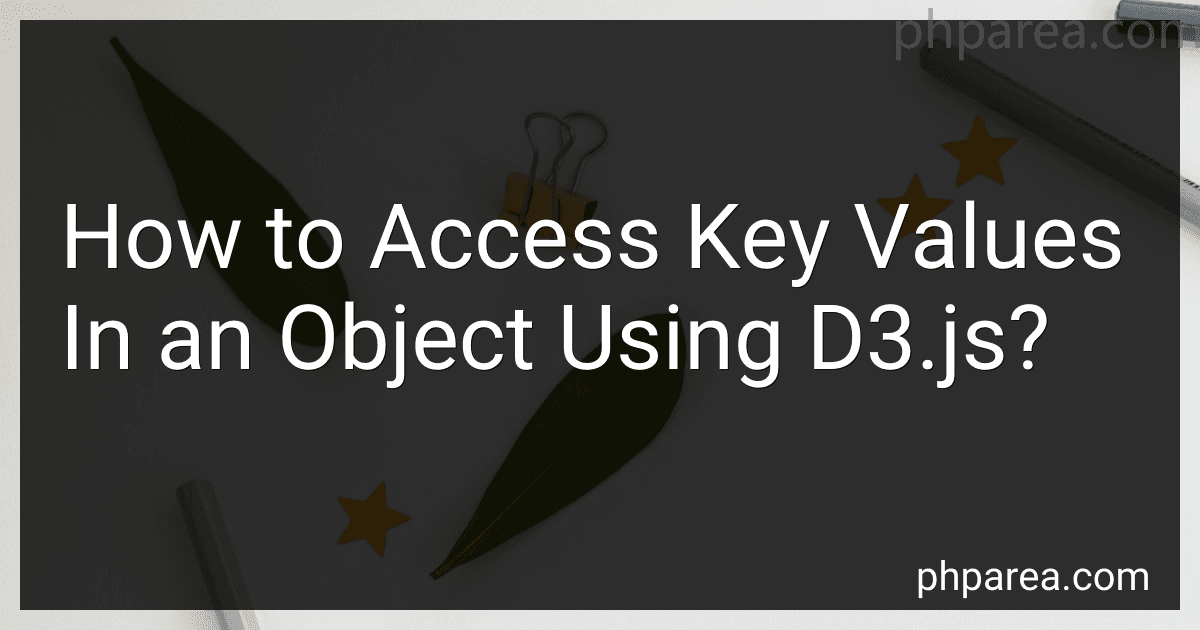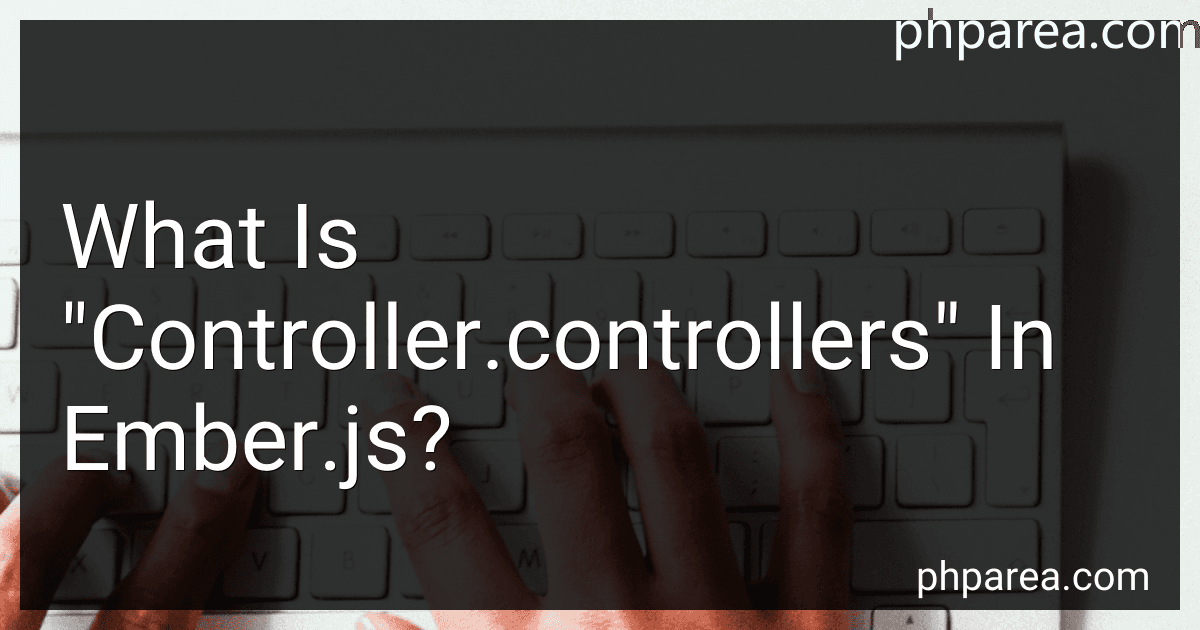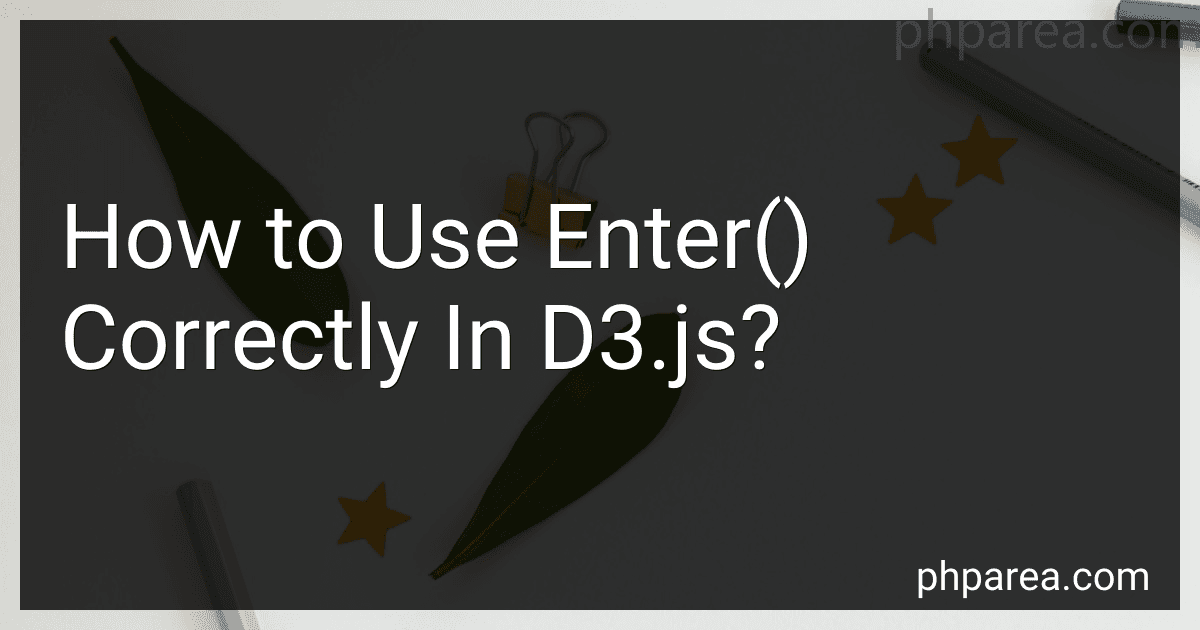Posts (page 89)
-
 10 min readUnit testing view bindings and templates in Ember.js involves verifying the behavior of the views, their bindings, and the correctness of the rendered templates. Here's a brief explanation of how to approach this process:Set up testing framework: Install the appropriate testing framework like QUnit or Mocha. Configure the testing framework with Ember.js if necessary. Create test files: Create a new test file specifically for view testing. Import the necessary dependencies, including Ember.
10 min readUnit testing view bindings and templates in Ember.js involves verifying the behavior of the views, their bindings, and the correctness of the rendered templates. Here's a brief explanation of how to approach this process:Set up testing framework: Install the appropriate testing framework like QUnit or Mocha. Configure the testing framework with Ember.js if necessary. Create test files: Create a new test file specifically for view testing. Import the necessary dependencies, including Ember.
-
 6 min readTo compute the size of a polygon in SVG using d3.js, you can follow these steps:Create an SVG container: Start by creating an SVG container element using d3.js. This container will hold your polygon. const svg = d3.select("body").append("svg") .attr("width", width) .attr("height", height); Define the polygon attributes: Next, define the attributes of the polygon you want to compute the size of. This includes the points that make up the polygon.
6 min readTo compute the size of a polygon in SVG using d3.js, you can follow these steps:Create an SVG container: Start by creating an SVG container element using d3.js. This container will hold your polygon. const svg = d3.select("body").append("svg") .attr("width", width) .attr("height", height); Define the polygon attributes: Next, define the attributes of the polygon you want to compute the size of. This includes the points that make up the polygon.
-
 4 min readTo get the index item of an array in an Ember.js view, you can use the built-in {{each}} helper provided by Ember's templating system.Here's an example of how you can achieve this in an Ember.js view:In your view's template file, you can use the {{each}} helper to iterate over the array: {{#each model as |item index|}} <div>{{index}}: {{item}}</div> {{/each}} In this example, model is the array you want to loop over.
4 min readTo get the index item of an array in an Ember.js view, you can use the built-in {{each}} helper provided by Ember's templating system.Here's an example of how you can achieve this in an Ember.js view:In your view's template file, you can use the {{each}} helper to iterate over the array: {{#each model as |item index|}} <div>{{index}}: {{item}}</div> {{/each}} In this example, model is the array you want to loop over.
-
 9 min readUpdating an SVG path using d3.js is a common task when working with scalable vector graphics (SVG). Here is an overview of the steps involved:Select the SVG element: Use d3.js to select the SVG element that contains the path you want to update. This can be done using the d3.select() method, passing the appropriate selector. Bind data: Use the datum() or data() method to bind data to the SVG element. This data will determine the new path attributes.
9 min readUpdating an SVG path using d3.js is a common task when working with scalable vector graphics (SVG). Here is an overview of the steps involved:Select the SVG element: Use d3.js to select the SVG element that contains the path you want to update. This can be done using the d3.select() method, passing the appropriate selector. Bind data: Use the datum() or data() method to bind data to the SVG element. This data will determine the new path attributes.
-
 7 min readTo manipulate the DOM in the controller in Ember.js, you can follow these steps:Access the current Ember.js controller from the corresponding template. This can be done using the {{controller}} keyword. For example, {{controller.someProperty}}. Define an action in the controller that will be triggered on a specific event or user action. Actions are defined using the actions object in the controller.
7 min readTo manipulate the DOM in the controller in Ember.js, you can follow these steps:Access the current Ember.js controller from the corresponding template. This can be done using the {{controller}} keyword. For example, {{controller.someProperty}}. Define an action in the controller that will be triggered on a specific event or user action. Actions are defined using the actions object in the controller.
-
 5 min readTo access key values in an object using d3.js, you can follow these steps:Start by defining your object. For example, let's say you have an object called "data" with key-value pairs like this: var data = { key1: value1, key2: value2, key3: value3, // ... }; To access the values associated with specific keys, you can use the data[key] notation, where "key" is the name of the key you want to access. For example: var value1 = data.
5 min readTo access key values in an object using d3.js, you can follow these steps:Start by defining your object. For example, let's say you have an object called "data" with key-value pairs like this: var data = { key1: value1, key2: value2, key3: value3, // ... }; To access the values associated with specific keys, you can use the data[key] notation, where "key" is the name of the key you want to access. For example: var value1 = data.
-
 3 min readIn Ember.js, "controller.controllers" is a property that allows you to access all the controllers that are currently active within a particular scope. It returns an array-like object that contains references to each active controller.Controllers in Ember.js are used to manage the state and behavior of a specific part of your application's UI.
3 min readIn Ember.js, "controller.controllers" is a property that allows you to access all the controllers that are currently active within a particular scope. It returns an array-like object that contains references to each active controller.Controllers in Ember.js are used to manage the state and behavior of a specific part of your application's UI.
-
 8 min readDrawing a line graph using d3.js involves the following steps:Set up the HTML structure: Create a container element, typically a , where the graph will be displayed. Include the d3.js library: Add a script tag in the HTML file to import the d3.js library. Fetch or generate data: Retrieve the data from an external source like a CSV file or generate it programmatically. Define the graph dimensions: Specify the width and height of the graph area within the container element.
8 min readDrawing a line graph using d3.js involves the following steps:Set up the HTML structure: Create a container element, typically a , where the graph will be displayed. Include the d3.js library: Add a script tag in the HTML file to import the d3.js library. Fetch or generate data: Retrieve the data from an external source like a CSV file or generate it programmatically. Define the graph dimensions: Specify the width and height of the graph area within the container element.
-
 5 min readIn Ember.js, to get an element by its id using jQuery, you can use the Ember.$ function which is a wrapper around jQuery.To get an element by id, you can use the Ember.$('#elementId') syntax. This will return the jQuery object representing the element with the specified id.For example, if you have an element with the id "myElement" in your Ember.js template, you can access it using the following code: let element = Ember.
5 min readIn Ember.js, to get an element by its id using jQuery, you can use the Ember.$ function which is a wrapper around jQuery.To get an element by id, you can use the Ember.$('#elementId') syntax. This will return the jQuery object representing the element with the specified id.For example, if you have an element with the id "myElement" in your Ember.js template, you can access it using the following code: let element = Ember.
-
 5 min readTo use the enter() method correctly in D3.js, follow the steps mentioned below:Select the desired elements from the DOM that you want to bind data to using the selectAll() method. For example, you can select all elements. Use the data() method to bind data to the selected elements. Pass an array of data as an argument to this method. Each element in the data array will be associated with a corresponding DOM element. Chain the enter() method to the selected elements.
5 min readTo use the enter() method correctly in D3.js, follow the steps mentioned below:Select the desired elements from the DOM that you want to bind data to using the selectAll() method. For example, you can select all elements. Use the data() method to bind data to the selected elements. Pass an array of data as an argument to this method. Each element in the data array will be associated with a corresponding DOM element. Chain the enter() method to the selected elements.
-
 6 min readTo query a JSON file in Ember.js, you can follow these steps:Start by defining a model in your application. This model will represent the structure of the JSON data you want to query. You can do this by creating a new file, typically in the app/models directory, and using the Ember Data DS.Model class. For example: // app/models/my-model.js import DS from 'ember-data'; export default DS.Model.extend({ // Define properties of your model based on the JSON structure name: DS.
6 min readTo query a JSON file in Ember.js, you can follow these steps:Start by defining a model in your application. This model will represent the structure of the JSON data you want to query. You can do this by creating a new file, typically in the app/models directory, and using the Ember Data DS.Model class. For example: // app/models/my-model.js import DS from 'ember-data'; export default DS.Model.extend({ // Define properties of your model based on the JSON structure name: DS.
-
 4 min readTo run a function after another is done in d3.js, you can utilize the concept of callbacks or promises.Callbacks:Define the initial function that you want to run.Inside this function, specify the callback function that you want to execute after the first function is completed.Once the first function is done, call the callback function.Example: function firstFunction(callback) { // code for the first function // ...
4 min readTo run a function after another is done in d3.js, you can utilize the concept of callbacks or promises.Callbacks:Define the initial function that you want to run.Inside this function, specify the callback function that you want to execute after the first function is completed.Once the first function is done, call the callback function.Example: function firstFunction(callback) { // code for the first function // ...